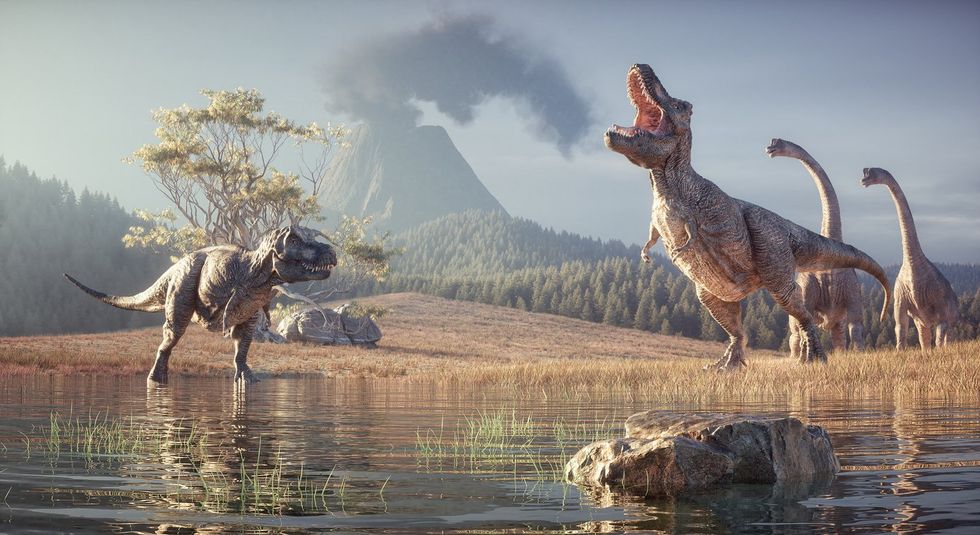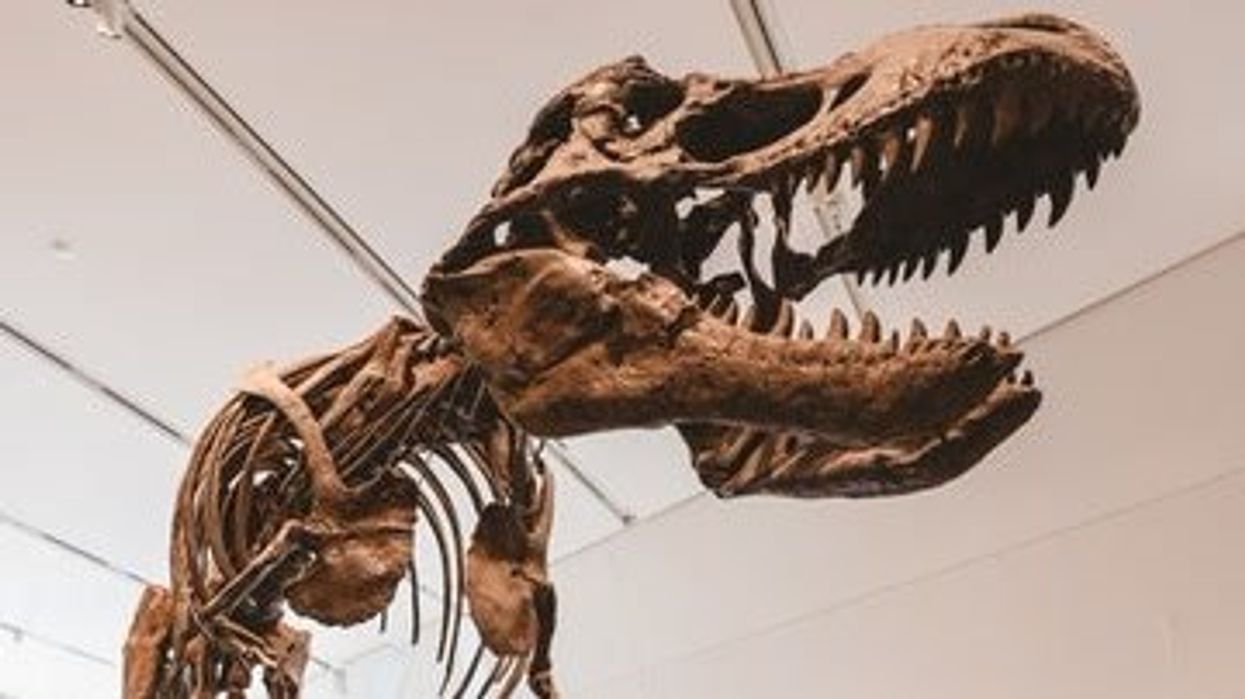Harry Fletcher
Jul 07, 2025
New Evidence Suggest Dinosaurs Were Less Clever Than Monkeys
unbranded - Newsworthy / VideoElephant
Scientists have discovered that dinosaurs are even cooler than we previously thought – or, at it turns out, not cooler but warmer.
New research has put forward that some varieties of dinosaur may have developed the ability to control their own body temperature.
It could change our understanding of animal timelines throughout the history of our planet, with these dinosaurs potentially becoming the first ever warm-blooded terrestrial reptiles.
The new study was put together by experts from the University College London (UCL) and the University of Vigo and published in the journal Current Biology [via Science Daily].
The experts studied 1,000 fossils and a variety of climate models from across the entire span of dinosaur life on Earth, which stretched from 230 to 66 million years ago.
Experts studied geography from this time span, known as the Mesozoic Era, as part of the research too before coming to their findings.

They found that Therapods and Ornithischians, groups which include the likes of the T-Rex and the Triceratops respectively, moved to colder environments during the Early Jurassic period.
Because of this, dinosaurs in these two categories could have developed endothermy, or the ability to produce heat internally.
Dr Alfio Alessandro Chiarenza from UCL Earth Sciences is first author on the study. Dr Chiarenza said: "Our analyses show that different climate preferences emerged among the main dinosaur groups around the time of the Jenkyns event 183 million years ago, when intense volcanic activity led to global warming and extinction of plant groups.
"At this time, many new dinosaur groups emerged. The adoption of endothermy, perhaps a result of this environmental crisis, may have enabled theropods and ornithischians to thrive in colder environments, allowing them to be highly active and sustain activity over longer periods, to develop and grow faster and produce more offspring."
Co-author Dr Sara Varela, of the Universidade de Vigo, Spain, also said: "Theropods also include birds and our study suggests that birds' unique temperature regulation may have had its origin in this Early Jurassic epoch.
"Sauropods, on the other hand, which stayed in warmer climates, grew to a gigantic size at around this time -- another possible adaptation due to environmental pressure. Their smaller surface area to volume ratio would have meant these larger creatures would lose heat at a reduced rate, allowing them to stay active for longer."
This article was originally published on 20 May 2024
Why not read...
Mars life proof may have just been discovered
Sign up for our free indy100 weekly newsletter
How to join the indy100's free WhatsApp channel
Have your say in our news democracy. Click the upvote icon at the top of the page to help raise this article through the indy100 rankings
Top 100
The Conversation (0)














